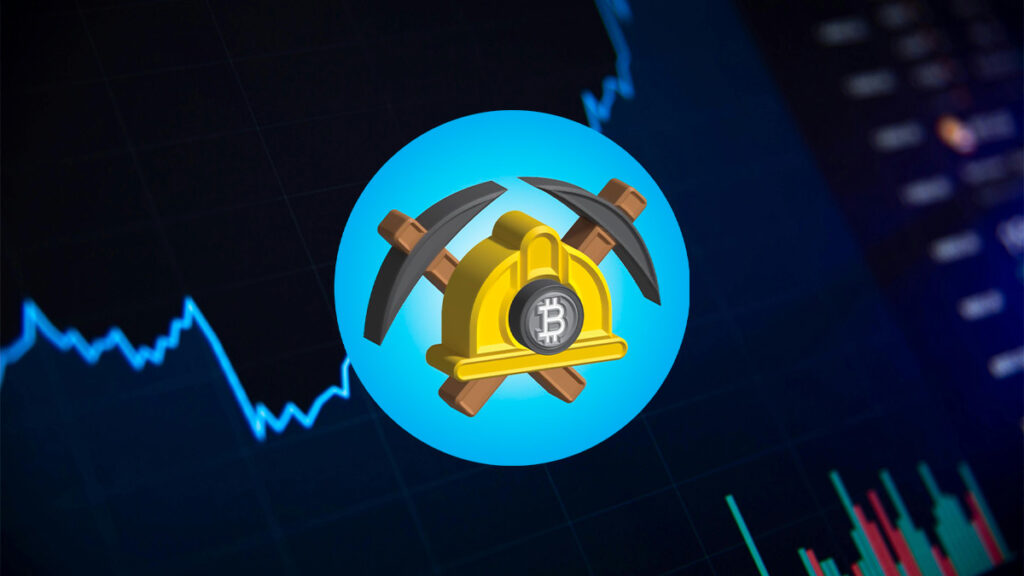TL;DR
- Post-Halving Hurdles: Bitcoin mining is struggling with reduced block rewards from the recent halving event, compounded by a surge in network hashrate to a record 659 EH/s, making mining more competitive and difficult.
- Rising Competition and Security: The increase in hashrate, driven by miners activating new, powerful ASICs, leads to heightened competition but also boosts the security of the Bitcoin blockchain.
- Economic Impact on Miners: Hashprice has fallen to $53/PH/s/day, a significant drop from its peak, pressuring miners’ profits and prompting a search for cheaper energy sources to maintain profitability.
The landscape of Bitcoin mining is undergoing a seismic shift as miners grapple with the aftermath of the latest halving event and a significant increase in network hashrate. Bitcoin miners are facing heightened difficulties.
The recent halving event, which cut block rewards in half, was a substantial blow to miners’ potential earnings. Now, they confront another hurdle as the network’s hashrate soars to new heights.
On May 29, Luxor Technology’s HashRateIndex reported a record-breaking seven-day hashrate of 659 exahashes per second (EH/s), a 13.6% jump from the post-halving low of 580 EH/s. Over the weekend, the average network hashrate peaked at an all-time high of 732 EH/s, according to Bitinfocharts.
This surge in computational power intensifies the mining competition, making each block more challenging to mine. However, it also signifies enhanced security for the Bitcoin blockchain.
Intensified Bitcoin Mining Competition
The growth in hashrate suggests that public Bitcoin miners are activating their ASIC orders as planned, bringing more powerful hardware online. The current average block time stands at a swift 9 minutes and 26 seconds.
Public miners had 76.6 EH/s worth of equipment ordered for 2024, with 12.9 EH/s expected in Q1 and nearly 36 EH/s in Q2. HashRateIndex warns of a significant difficulty adjustment of +5.97% in the coming days.
The difficulty, currently at 84.38T, measures the competitiveness among miners and is expected to rise from its recent dip from an all-time high of 88.1T.
The Decline of Hashprice

Hashprice, the revenue a miner can expect from a specific quantity of hash rate, has plummeted to just $53 per petahash per second per day, a 46% decrease since the year’s start.
From a high of $400/PH/s/day in 2021, hashprice has dropped 87%, reflecting the dwindling mining profits amidst rising competition, energy costs, and hardware expenses. Consequently, large mining companies are relocating to regions with lower energy costs, such as Africa and Scandinavia.
The All-Time High of Bitcoin Mining Hashrate
The Bitcoin network’s proof-of-work (PoW) consensus mechanism relies on miners’ computing power to validate transactions and secure the blockchain. The mining hashrate, a measure of this power, has recently set a new all-time high, indicating the network’s attractiveness to miners.
Despite the economic squeeze from the halving, the hashrate’s growth can be attributed to more efficient mining rigs and the overall upward trend of Bitcoin’s price, which compensates for the fixed BTC block rewards with its fluctuating USD value. As miners adapt to these new conditions, the Bitcoin network continues to evolve, reflecting the dynamic nature of the cryptocurrency market.










